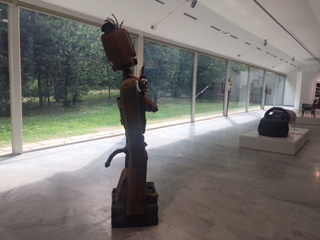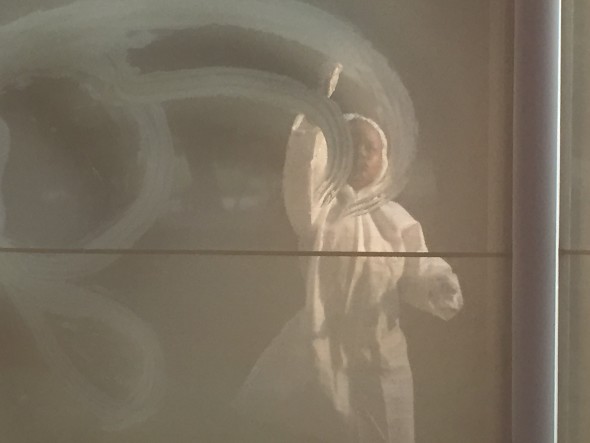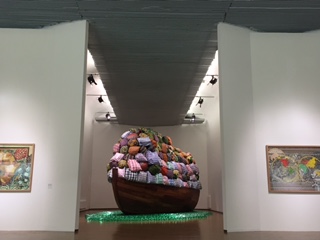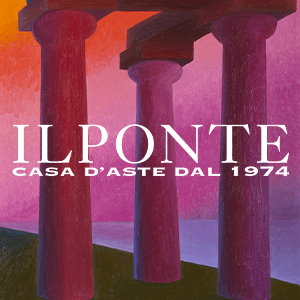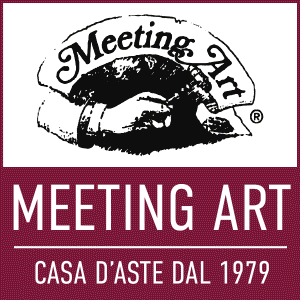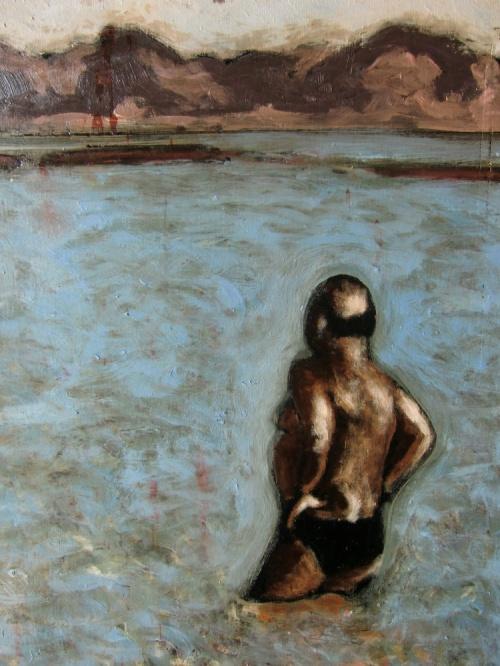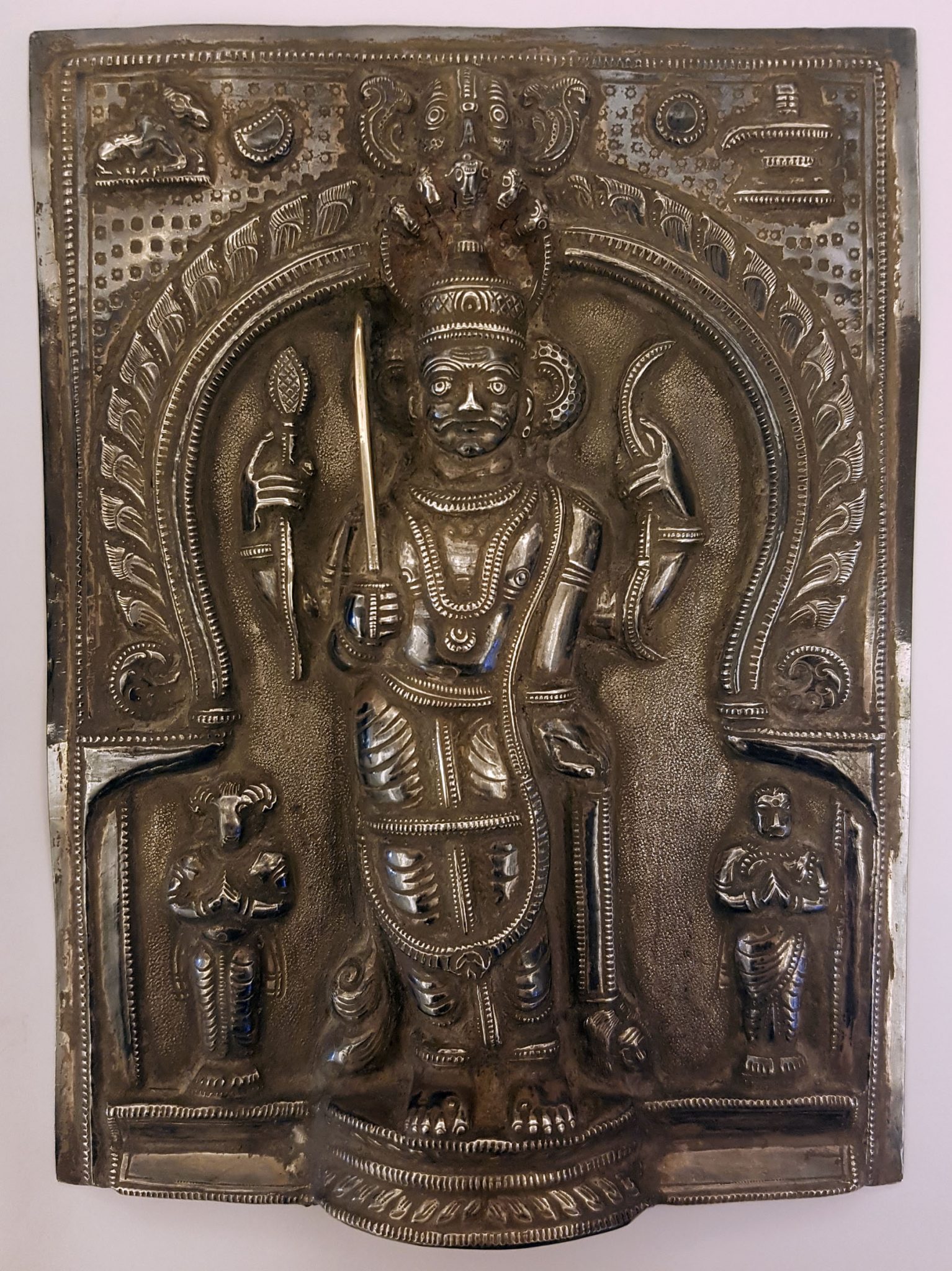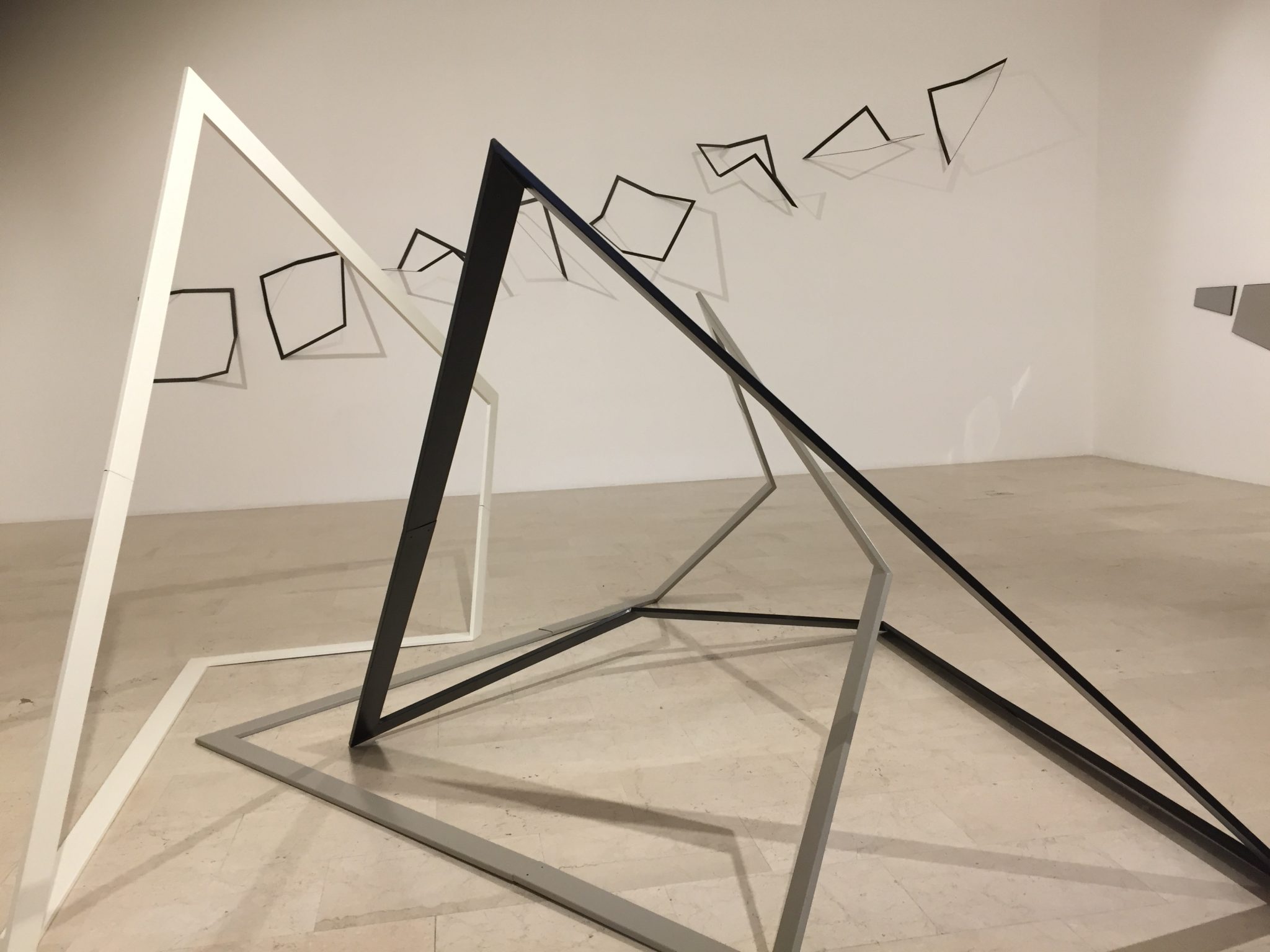With the show “AFRICA. Raccontare un mondo”, the Pavilion of Contemporary Art (PAC) has brought to Milan the best of contemporary art from Sub-Saharan Africa. Adelina von Fürstenberg and Ginevra Bria, the show curators, have designed a rare fusion of continuity and rupture. Continuity, because the PAC audience will get in contact with the works and artists already exhibited in the global North, along the changing perspective on African art that started with the show “Magicians of the World” (“Magiciens de la Terre”) curated in 1989 by Jean-Hubert Martin to counteract ethnocentric practices within the contemporary art world. (This change includes the replacement of distinctions such as First/Third World and developed/developing nations, with a less biased distinction global North/global South, employed also in this article.) Rupture, because the African artists are not only presented within the non-ethnocentric narrative but are also themselves those who narrate, literally. They were given the possibility to speak, to tell the world.
The key is the concept of narration as the shows’ motto. Visual arts, often, even if unintentionally, associated with imitation, are presented here as the prime media of representation and interpretation, distance and non-identity. The show addresses the most burning issues of the contemporary world, including sustainable development and migrations, gender inequalities and multiplication of sexualities, consumerism, and humanity. It speaks to the audiences regardless their previous knowledge of the contemporary art rules and conventions – a feature that nowadays art exhibitions put at the first place, but often lack the subtle knowledge of the very best of artists and works this show simultaneously provides. Not communication or quality, but communication and quality.
The first generation of modern African artists, now classics, such as Georges Adéagbo, Frédéric Bruly Bouabré, Seydou Keïta, J.D. ‘Okhai Ojeikere and Malick Sidibé are exhibited together with the youngest, such as Malala Andrialavidrazana, Omar Ba, Kudzanai Chiurai, Gabrielle Goliath, Donna Kukama, Senzeni Maraesela and Buhlebeswe Siwani. Africa is a vast continent where thousands of cultures are historically intertwined, yet regardless various origins, the works at the show have one thing in common: they are reflexive and self-reflexive, discursive and meta-discursive. The canvas “What future for our art?” (“Quel avenir pour notre art?”, 1997) where Chéri Samba depicted himself in discussion with Picasso and with the question from the title printed on it, and “The Black Paintings: Dead White Man” (2012) by Tracy Rose, a photo of black woman standing in front of the wall with names of historical (assassinated, male) figures written on it, illustrate well this unity in difference.
With self-reflexivity, the show opens up new perspectives on artistic creativity and on art in general, including the traditional hierarchy between the painting as the norm and other media and means of expression as inferior to it. Amongst the most impressive artworks exhibited are the photographs, for example from the legendary Malian photographer Seydou Keïta, and excerpts from films by renown African directors such as Idrissa Ouédraogo and Abderahmane Sissako, as well as silk tapestries by Billie Zangewa. In these later works, the legitimacy of traditionally feminine modes of expression is acknowledged. The masks and sculptures by Romuald Hazoumè and chairs by selected group of designers together demonstrate, in a peculiar, innovative way, how the form (found objects) itself can become the content (sustainable consumption).
This points to another exceptional quality of this PAC show, that is, the design of the exhibition. An extraordinary correspondence has been established between individual artworks, by metaphorical and metonymical lineage, for example, between the boat in the installation “Road to Exile” (2015) by Barthélémy Toguo, film excerpt from Sissako’s film “N’Dimagnou” (“Dignity”, 2008), and remake of Géricault’s “Raft of the Medusa” in Yinka Shonibare Mbe’s “Le Meduse”. Equally captivating is the symbiosis between exhibited objects and performances, so, for example, Romuald Hazoumè’s masks and sculptures provided a telling context for Donna Kukama’s performance “Travelogue = monologue + travel”. Similarly, correspondence has been created between the artworks and exhibition space, and the inside and the outside of the gallery subtly turn one into another thus making tangible the particular inside/outside position of African art within contemporary art.
The show extends beyond the gallery space. The exhibition catalogue enhances the knowledge on the artists and artworks in the show as well as on key figures and events of the global North’s reception of African art after the “Magiciens de la Terre” show. In the Cinema Oberdan, across the street of the PAC premises, some classical films from the masters of African cinema will be screened until August 6, when Hyènes, the Djibril Diop Mambéty’s film comedy after the theatre piece by Frederic Durrenmatt will be shown. In short, “AFRICA. Raccontare un mondo” is not only an excellent introduction to the sections of African art within other important art events of this year, such as “documenta 14”, but is also itself one of the most important art shows of this summer.



